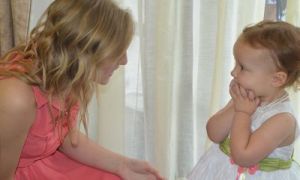Incorporating follow-ups into the EYLF program means creating an ongoing, responsive cycle that both monitors and builds on children’s learning. Here are some detailed strategies to help you weave follow-ups seamlessly into your EYLF planning cycle.
Continuous Documentation
Instead of waiting for one-off reviews, put follow-ups into practice by using ongoing documentation. This can include observations recorded in daily journals, photographs, videos, and learning stories. By capturing snapshots of children’s interests and progress in real time, these records become the foundation for responsive follow-ups. When you notice an emerging interest or developmental milestone, use that evidence to guide your next steps, ensuring every activity is both intentional and tailored to the child’s evolving needs.
Reflective Practice and Evaluation
Build time into your daily routine for reflection. Whether utilizing a dedicated daily reflection template or regular debrief sessions, reflect on what worked well, which experiences need extending, and how children responded to specific activities. This critical reflection informs follow-up planning—identifying where additional support, enrichment, or even a shift in approach may be needed to maximize learning outcomes.
Dynamic and Responsive Programming
Rather than following rigid lesson plans, design flexible programming that accommodates spontaneous learning opportunities. When a child shows a deep interest in a topic, use that moment as a springboard for further exploration. A dynamic approach means your plan adapts over time, incorporating follow-up activities that respond directly to documented learning moments, thus making your program more relevant and engaging.
Team Collaboration
Don’t work in isolation. Regular team meetings or check-ins with fellow educators allow you to share observations and insights. Collaborative discussions help identify patterns in children’s engagement and prompt ideas for effective follow-up activities. This collective input not only enriches the learning experience but also fortifies the overall planning process, ensuring that follow-ups are comprehensive and well-rounded.
Family Engagement
Involving families in the follow-up process can create a deeper, more holistic understanding of the child’s learning journey. Share observations with families through newsletters, digital portfolios, or parent meetings. Their insights and home observations can provide valuable context that might otherwise go unnoticed in the classroom, ensuring that follow-up activities are even more finely tuned to each child’s needs.
Celebration and Goal-Setting
Follow-ups aren’t solely about identifying areas for improvement—they’re also an opportunity to celebrate progress. Within your EYLF framework, include moments to highlight and celebrate children’s achievements, no matter how small. These celebrations of learning help motivate continued engagement and set the stage for new follow-up goals that propel future planning, ensuring a cycle of continuous improvement.
By integrating these strategies—continuous documentation, reflective practices, dynamic programming, team collaboration, family engagement, and celebration—you turn follow-ups into an integral, fluid part of the EYLF planning cycle. This approach not only supports individualized learning journeys but also creates a vibrant, responsive learning environment where every observation informs the next step in a child’s holistic development.
How Can I Effectively Engage Families In The Process?
Engaging families in the EYLF process is about building a genuine partnership where educators and families work collaboratively to support every child’s learning journey. Here are some detailed strategies to consider:
-
Establish Open Communication Channels Create diverse, ongoing avenues for dialogue—such as secure digital portals, newsletters, or even family WhatsApp groups—that allow you to share learning documentation (photos, videos, and observation notes) in real time. When families see tangible snapshots of their child’s progress, they’re more inclined to share insights, ask questions, and feel invested in shaping subsequent learning experiences .
-
Invite Collaborative Planning Provide regular opportunities for families to be part of the learning journey. Organize parent-educator meetings, informal coffee mornings, or workshops where you present observations and invite families to contribute their perspectives. Tools like a Daily Reflection Template can be shared with families so they can note down observations from the home environment. This collaborative approach enriches the follow-up planning process by integrating family insights into the program design .
-
Foster Culturally Responsive Engagement Recognize and celebrate the diverse cultural backgrounds of families by inviting them to share stories, traditions, or playful ideas that can be woven into the program. When families see their cultures and experiences valued and integrated into the curriculum, a deeper connection is formed, leading to more meaningful participation. This reciprocal sharing not only informs your follow-up practices but also reinforces the child’s identity and home environment as integral to their learning .
-
Highlight Achievements and Successes Celebrate children’s milestones and share these successes with families through regular updates, bulletin boards, or digital galleries. This celebration not only reinforces children’s progress but also builds trust—families appreciate being kept in the loop and feel recognized as key partners in their child’s development. Such practices encourage families to engage further, offering their insights during follow-up discussions and planning sessions .
These strategies create a living dialogue, turning family engagement into an integral part of the EYLF planning cycle. By sharing observations, celebrating achievements, and including families in reflective planning, you create a supportive network that enriches the learning experience for every child.
Examples Of Successful Follow-Up Activities
Below are several examples of follow-up activities that have proven successful in EYLF programs. These approaches build on documented interests and observations to deepen children’s learning and engage families throughout the process:
-
Nature Exploration and Gardening Projects When children show a fascination with outdoor play—such as observing different plants or insects—educators can document these moments and later develop a gardening project. For example, after noticing repeated interest in the natural world, you might invite children to help plant a small garden or design a nature trail. This project can involve measuring plant growth, recording changes in weather, and even collecting natural treasures for further exploration. Families can contribute by sharing their own gardening experiences or photos from home, which reinforces the child’s learning journey across settings. This approach has helped centers create meaningful links between in-class observations and interactive experiences at home.
-
Story-Based Role Play and Dramatic Play Suppose a child is particularly engaged during storytime and shows a keen interest in a specific narrative or character. In that case, educators can create role-play sessions that extend that interest into a dramatic play activity. Children might be invited to act out their favorite parts of the story or even reimagine the ending. Such sessions not only build language and social skills but also offer families a window into their child’s evolving interests. Families often contribute by suggesting related stories or even providing costumes or props from home, which further enriches the learning environment.
-
Artistic Reiterations and Mural Projects When educators observe recurring interest in art—like a child frequently drawing or experimenting with different materials—they can organize a collaborative mural project. In this follow-up activity, children might work together to create a large-scale artwork that reflects a theme identified from their earlier artwork (such as “My World” or “Dreams”). This project can be documented over several sessions, with each step captured and later shared with families through newsletters or digital portfolios. Involving families in the reflection and planning stages helps create a shared sense of pride and achievement.
-
Science Exploration and Experimentation Another effective approach is to follow up on spontaneous scientific discoveries from daily play. For instance, if children show curiosity about mixing colors or safe household ingredients to see a reaction, educators can design a structured science experiment. This could include predicting outcomes, conducting the experiment in small groups, and recording observations in a learning journal. Engaging families could involve sending home a simple experiment kit or asking parents to share similar activities they do at home. Such continuous documentation not only guides the experimental process but also connects learning experiences across the classroom and family environments.
-
Mathematics Through Practical Application Sometimes, children might naturally engage with measurement or comparison during free play—for example, lining up blocks or comparing the sizes of different objects. Educators can build on these observations by organizing a follow-up activity that centers on measurement challenges. Children can participate in a “measuring scavenger hunt” where they use non-standard units to measure classroom items or outdoor resources. This hands-on approach demystifies mathematical concepts while inviting families to further the conversation at home, perhaps by measuring ingredients in cooking or comparing heights of plants.
These follow-up activities highlight a cyclical process where initial observations guide the design of engaging, responsive activities that not only enhance learning but also cultivate strong family partnerships. Integrating documentation into each step—through tools like daily reflection templates—ensures that strategies remain grounded in children’s interests and provide tangible touchpoints for sharing with families.
Further Reading
Strategies For An Impactful and Meaningful EYLF Planning Cycle
EYLF Learning Outcomes Version 2.0
Free EYLF Version 2.0 Posters and Cheat Sheets
5 Stages Of The EYLF Planning Cycle
The Planning Cycle To Document Children's Learning
Practical Examples Of The Planning Cycle In Action
The Cycle of Planning
Guide To Writing The EYLF Curriculum Plan


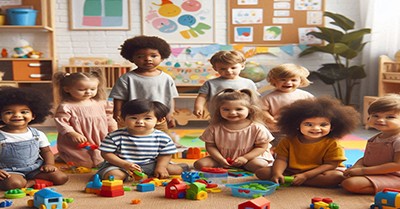


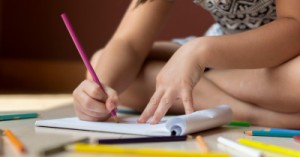

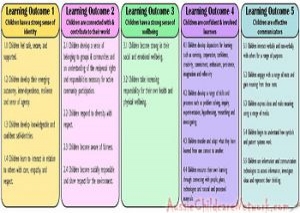 Here is the list of the EYLF Learning Outcomes that you can use as a guide or reference for your documentation and planning. The EYLF
Here is the list of the EYLF Learning Outcomes that you can use as a guide or reference for your documentation and planning. The EYLF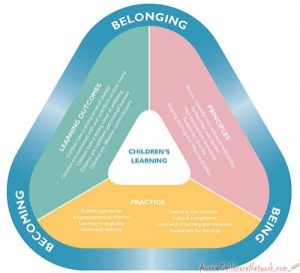 The EYLF is a guide which consists of Principles, Practices and 5 main Learning Outcomes along with each of their sub outcomes, based on identity,
The EYLF is a guide which consists of Principles, Practices and 5 main Learning Outcomes along with each of their sub outcomes, based on identity, This is a guide on How to Write a Learning Story. It provides information on What Is A Learning Story, Writing A Learning Story, Sample
This is a guide on How to Write a Learning Story. It provides information on What Is A Learning Story, Writing A Learning Story, Sample One of the most important types of documentation methods that educators needs to be familiar with are “observations”. Observations are crucial for all early childhood
One of the most important types of documentation methods that educators needs to be familiar with are “observations”. Observations are crucial for all early childhood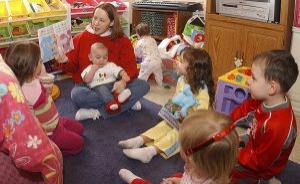 To support children achieve learning outcomes from the EYLF Framework, the following list gives educators examples of how to promote children's learning in each individual
To support children achieve learning outcomes from the EYLF Framework, the following list gives educators examples of how to promote children's learning in each individual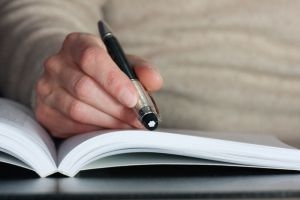 Reflective practice is learning from everyday situations and issues and concerns that arise which form part of our daily routine while working in an early
Reflective practice is learning from everyday situations and issues and concerns that arise which form part of our daily routine while working in an early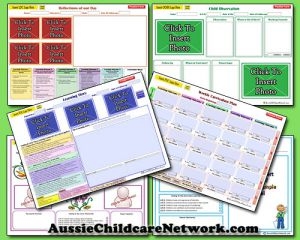 Within Australia, Programming and Planning is reflected and supported by the Early Years Learning Framework. Educators within early childhood settings, use the EYLF to guide
Within Australia, Programming and Planning is reflected and supported by the Early Years Learning Framework. Educators within early childhood settings, use the EYLF to guide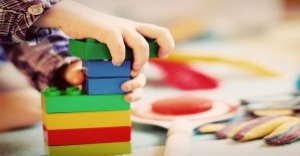 When observing children, it's important that we use a range of different observation methods from running records, learning stories to photographs and work samples. Using
When observing children, it's important that we use a range of different observation methods from running records, learning stories to photographs and work samples. Using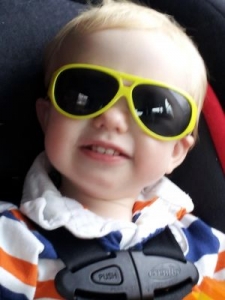 This is a guide for educators on what to observe under each sub learning outcome from the EYLF Framework, when a child is engaged in
This is a guide for educators on what to observe under each sub learning outcome from the EYLF Framework, when a child is engaged in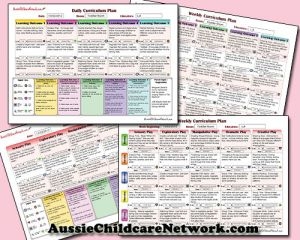 The Early Years Learning Framework describes the curriculum as “all the interactions, experiences, activities, routines and events, planned and unplanned, that occur in an environment
The Early Years Learning Framework describes the curriculum as “all the interactions, experiences, activities, routines and events, planned and unplanned, that occur in an environment
